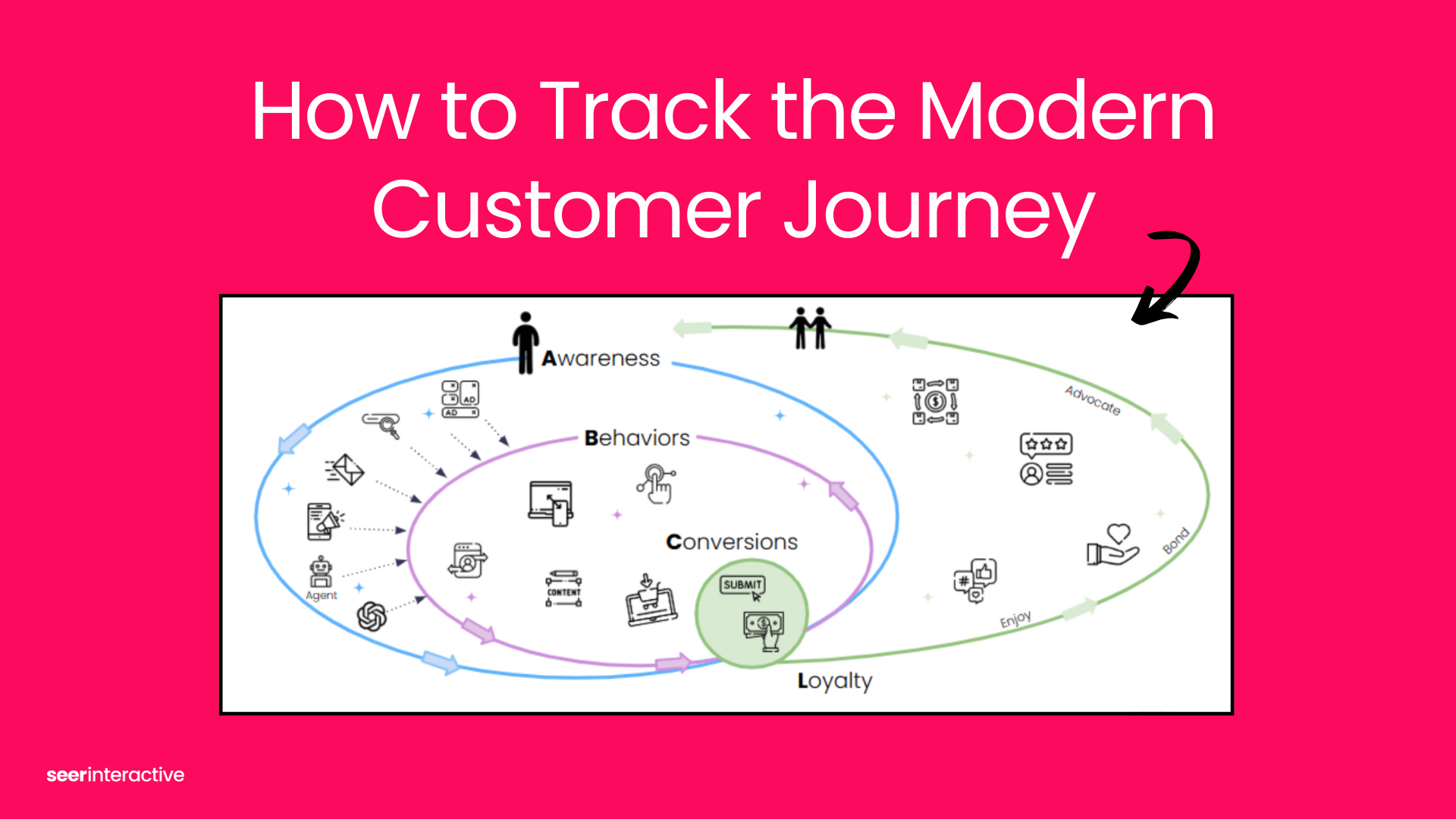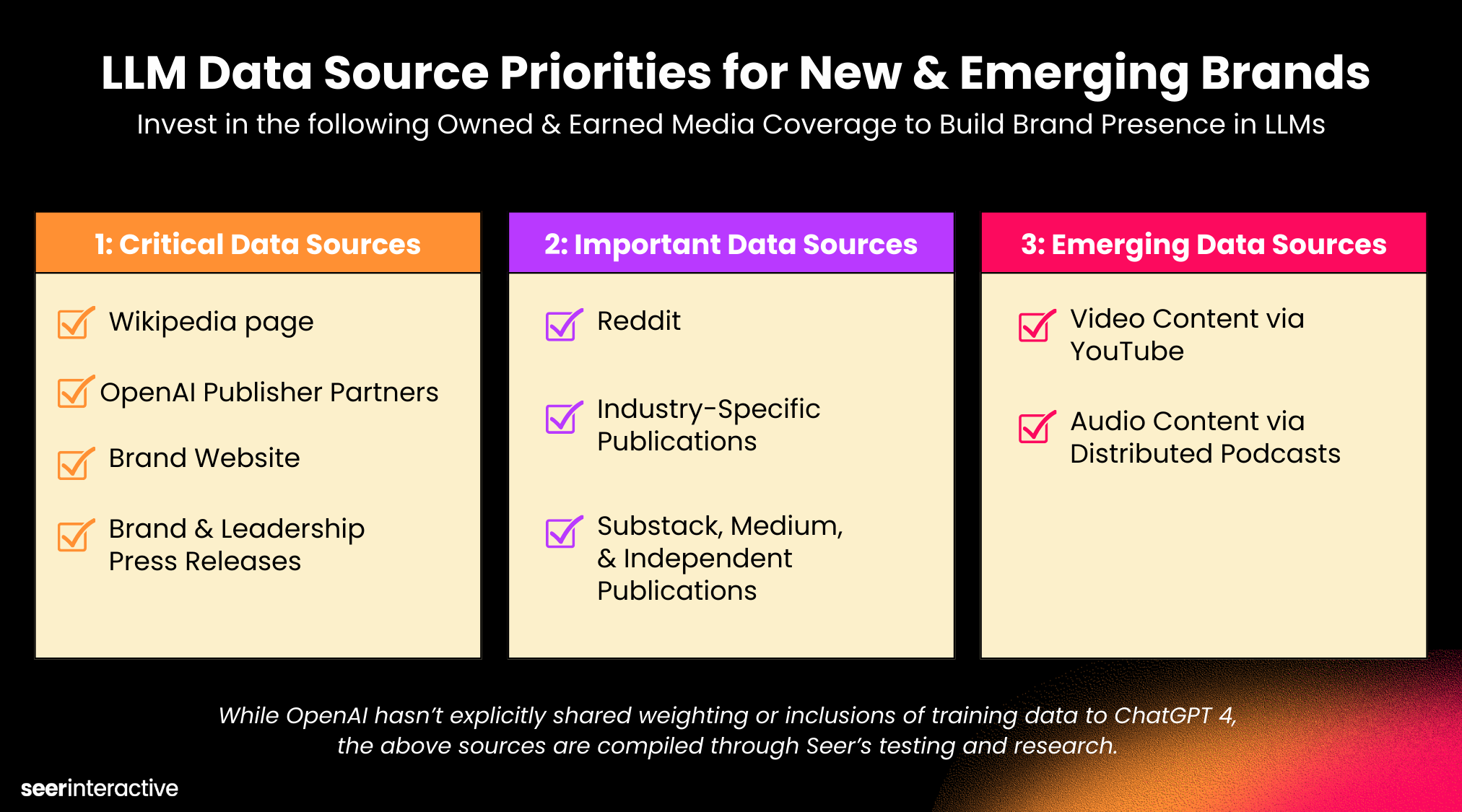Marketers face new challenges and opportunities as the search landscape changes with the rise of Large Language Models (LLMs) and Chatbots like ChatGPT. While optimizing for LLMs is a hot topic, staying ahead of the curve means understanding these shifts early and adapting accordingly. Do you know how to determine your brand’s visibility in the world of LLMs and share a practical methodology to ensure you stay ahead of the curve?
Understanding the Current Search
While LLMs are gaining traction, you need to understand if your target audience is actually using them. Think of it this way: none of us are heavily optimizing for Bing because the user base isn’t substantial enough. However, we know that searches in LLMs and Chatbots are increasing daily, so why not future-proof your business?
Assessing Your Brand’s Visibility in LLMs
Some of your customers might be using LLMs for their searches, the next step is to evaluate your brand’s visibility. Traditional search relies heavily on keywords, but LLMs function differently, often responding to natural language queries.
Here’s a step-by-step guide to understanding your brand’s exposure
- Leverage Existing Data Sources:
- Use Google’s “People Also Ask” (PAA) feature to gather common questions related to your industry and niche.
- Extract these PAA questions and answers to form a baseline of what your audience is looking for.
- Run PAA Questions Through LLMs:
- Use tools like ChatGPT for Sheets to run these PAA questions through LLMs
- Compare the LLM-generated answers to those from traditional search results.
- Analyze the Differences:
- Identify which brands show up in LLM answers versus traditional search results.
- This will help you understand how your visibility changes across different search platforms.
Scaling Your Analysis
For those with a vast number of questions, manual analysis is impractical. Here’s how to scale your efforts:
- Automate the Process:
- Tools like Nozzle.io can help automate the extraction of PAA questions and answers, providing them in a convenient CSV format.
- Use ChatGPT for Sheets with an OpenAI API key to run these queries at scale, ensuring you cover thousands of questions efficiently using this ChatGPT prompt:
- Clean and Compare Data:
- Clean the extracted answers to focus on brand mentions.
- Use prompts to compare the presence of your brand (and competitors) in both traditional search and LLM results.
Practical Tips for Implementation
- Use Multiple Tools:
- Diversify your approach by running queries through LLMs like Claude, Perplexity, and Google’s AI tools.
- Keep It Simple:
- Start with basic prompts and gradually refine them as you understand how LLMs process and respond to queries.
- Monitor Continuously:
- Regularly update your analysis to track changes in visibility and stay ahead of shifts in user behavior.

By understanding where your customers are and how your brand is visible across different search platforms, you can make informed decisions that keep you ahead of the competition. Remember, it’s not just about jumping on the latest trend but ensuring it aligns with your audience’s behavior and needs.
Watch the Full Video
For a detailed walkthrough of this methodology, watch our video where we explain the process step-by-step:
ChatGPT Prompts from Wil’s Video:
From the content I gave you, list the brands in a comma-separated list, only list brands that are in the text of the answer itself the first line should say PAA:
From the content I gave you, list the brands in a comma-separated list, only list brands that are in the text of the answer itself the first line should say GPT:
Compare two lists the first list is an answer ChatGPT, the second list is from PAA answers in Google, give me an output that has 3 categories: Both, PAA only, and ChatGPT only. Both means that the brand you found is in both ChatGPT and PAA (i.e. if your answer for PAA was Brand 1, Brand 2, and Brand 3, and your answer for ChatGPT was Brand 1, Brand 4, and Brand 5, then Brand 1 would be in both), PAA only would be Brand 2 and 3 because they are in the PAA answer but not the ChatGPT answer, ChatGPT only would be Brand 4 and Brand 5 because they are only in chatgpt) your job is to review the answers, and only respond with brands that are in those answers. If the responses are blank, do not make up answers to fit, that will result in a wrong answer, just leave the answer blank when you don't see any brands.
For those interested in diving deeper and learning more about how we’ve automated and leveled up ChatGPT tracking check out: ChatGPT Tracking: Pioneering AI Answer Monitoring for Marketers.
Have questions?


